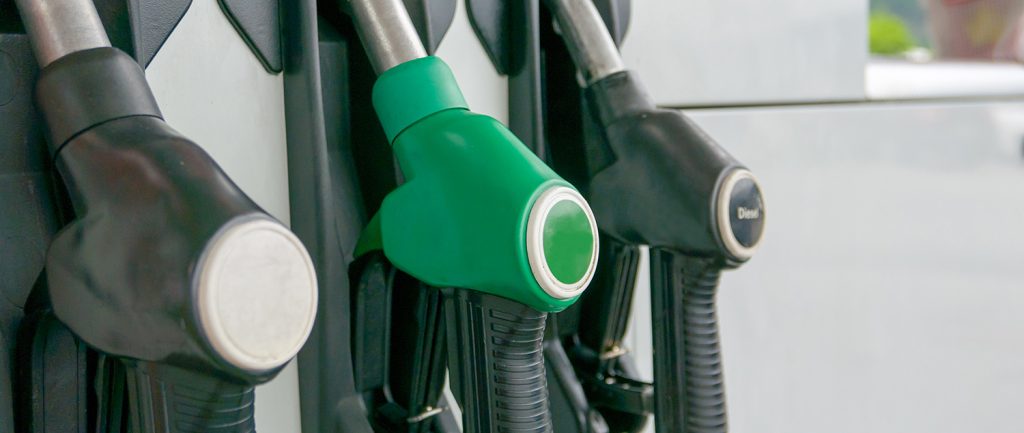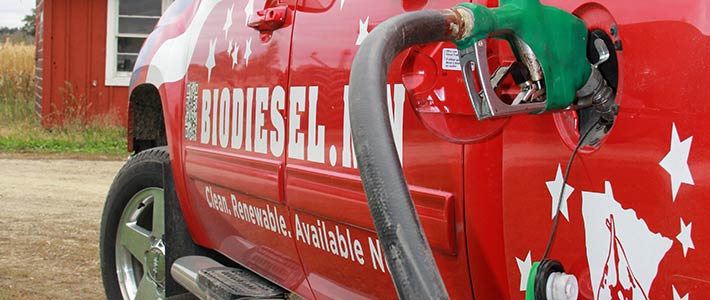National Biodiesel Conference gives attendees new perspective on America’s first advanced biofuel
With a new administration and plenty of speculation on the future of biodiesel, industry leaders gathered in San Diego to better understand biodiesel and what the future holds.
As part of its mission to inform Minnesota soybean farmers about an industry that adds .63 cents to a bushel of soybeans, the Minnesota Soybean Research and Promotion Council (MSR&PC) brought more than 20 diesel mechanics, fuel distributors, farmers and industry leaders to the conference to get a better perspective about the industry. Among the topics discussed were the changing political landscape, lower carbon fuels, biodiesel’s positive impact on the environment and how biodiesel will evolve in the future.
“Biodiesel is an important product for Minnesota soybean farmers,” said Mike Youngerberg, Senior Director of Product Development & Commercialization for Minnesota Soybean. “With a new administration and a newly elected Congress, the focus will also turn to changes in the leadership at the Environmental Protection Agency (EPA) and uncertainties surrounding the federal biodiesel tax credit.”
Jim Willers, who chairs the New Uses action team for MSR&PC, said bringing participants to the conference each year gives Council directors the chance to showcase the industry and the investments of MSR&PC.
“This is an opportunity for decision makers in our industry to identify the challenges that may lie ahead,” Willers said. “I believe the potential for growth exists, and our hope is the Minnesota participants will see that, too.”
In addition to the conference, Minnesota’s delegation also visited the U.S. Naval Base, San Diego. At the base, participants learned how the U.S. Navy, as part of an overall military effort, is using biofuels to lessen the dependency of our military powers on foreign oil.
“Today the Department of Defense is heavily engaged, and I am extremely proud of the Navy in particular, for the journey it is taking,” said retired two-star Admiral Len Hering. “And I don’t think regular tax payers really understand the emphasis the Department of Defense has taken on the renewable case and the presenting of that requirement for our security.”
Adm. Hering said the United States exports $1 billion work of goods each day to pay for the fossil fuels consumed by importing petroleum products from five major countries — Saudi Arabia, Iraq, Iran, Russia and Venezuela — none of which are strong allies.
“That’s who really supplies the future of our dependency,” he says. “The Department of Defense takes a look at that and views it as our Achilles heel. So what you represent is the technology in our country that helps us move away from it.”
Minnesota produces more than 60 million gallons of biodiesel a year, much of that made from soybean oil. Only the oil portion of the soybean is used to process biodiesel, leaving all of the protein available for livestock and people. Each year, biodiesel adds approximately $237 million to the state’s agriculture economy.
The state was also the first in the nation to require 10 percent biodiesel, or B10, in diesel blends sold during the summer months. B10 is required from April 1 to September 30 and B5 is required during the remaining winter months. Minnesota will set B20 or 20 percent biodiesel as the fuel standard beginning in the summer of 2018.
According to the American Lung Association of Minnesota, the current use of B10 and B5 biodiesel blends results in greenhouse gas emission reductions equal to removing 128,000 passenger vehicles from the state’s roads each year. That number is expected to rise to 208,000 vehicles removed when the state moves to its B20 standard.
“This was not only an opportunity for us to listen and learn from some of the top experts in renewable fuels, but it’s also an opportunity for our participants to learn in detail our biodiesel successes in Minnesota,” Willers said. “Our experiences can hopefully provide a blueprint for other states throughout the country.”
Tags: biodiesel






